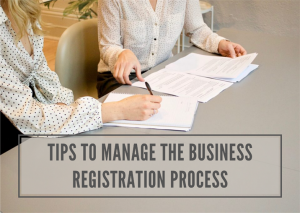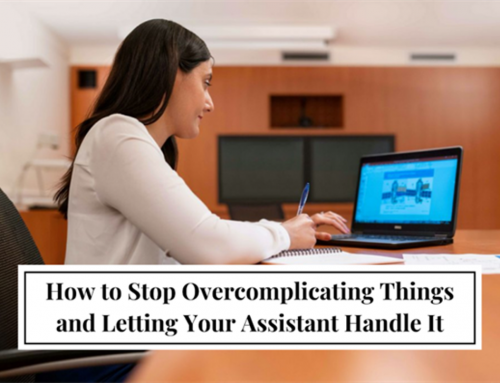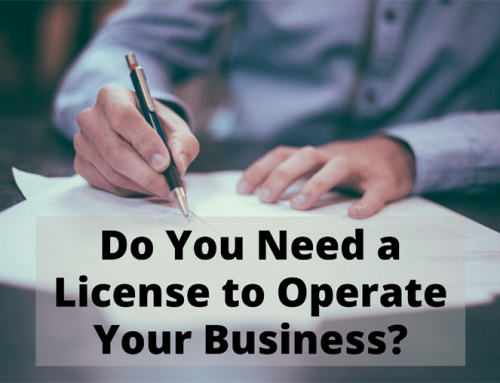Managing the business registration process the first time will seem unorganized. However, if you do one thing at a time and keep track of everything every year, it will get easier to accomplish and will really amount to little more than repeating what you did last year, writing a check, and mailing it in on time. Some places you can even complete the process online, saving even more time and effort.
- Know Your Business Name (DBA) – What do you plan to name your business? Have you considered what the laws are in your area regarding filing a DBA or doing business as form to make your name legal?
- Know What Business Entity You’ve Chosen – Research all the different entities and the laws surrounding each so that you can apply for and form the right type of business for what your goals are.
- Register for an EIN First – You can get an EIN code prior to getting anything else done for your business other than knowing what you will name it and what business entity it will have. Remember, even if you have a home business, you still want an EIN if you live in the USA. This will protect your personal information from scammers.
- Know Your NAICS Code – For opening a business in the USA, you’ll be asked from time to time what your NAICS and/or SIC codes are. This is the North American Industry Classification System and is often used by government entities to track and classify your business. You can go to the website to find out what your code is for your type of business.
NAICS link – http://www.naics.com/search/
- Collect Proper Permissions from HOA – If you have a Homeowner’s Association, you’ll need to get permission from them in writing before applying for a business license. Your licensure department will have a form for them to fill out.
- Collect Other Residential Approvals – In some cases the fire department will have to sign off on whether you can have the type of business you desire in your residence (or any location), and they’ll have different rules for different types of businesses.
- Obtain Proper Licensure via State, City and County – Find out from any local business office such as SCORE or at your community college what type of licensure you’ll need to obtain. Go through the steps for each one, starting with the state and working your way down the chain.
- Collect All Needed Data – Be sure to collect all the data you need in advance. You can often find the forms for each entity online so you’ll know what to look for in advance.
- Have Your Important Documents Handy – Once you go through the entire process, make a separate folder for each entity so that you can keep track of all the information you need to provide, making it easier each year.
- Make a Spreadsheet – If it helps, create a spreadsheet with all the information in it so that you can look at it in just one glance for any numbers you need or other information that you need.
- Calendar Everything – Once you buy a license or get a permit, note on the permit when the next one is due and put it in your calendar with warnings in advance so that you don’t wait until the last minute to renew.
Don’t forget to enter the expense you have for any business license into your accounting system, as every penny is a complete write-off from the top of your income. By following the rules and ensuring your business is registered properly, you will not have any legal trouble down the pike that could cost you your entire business.







Leave A Comment